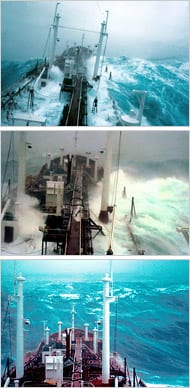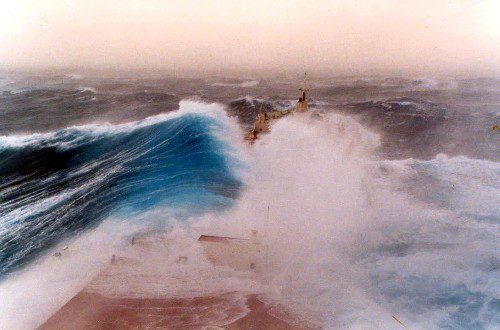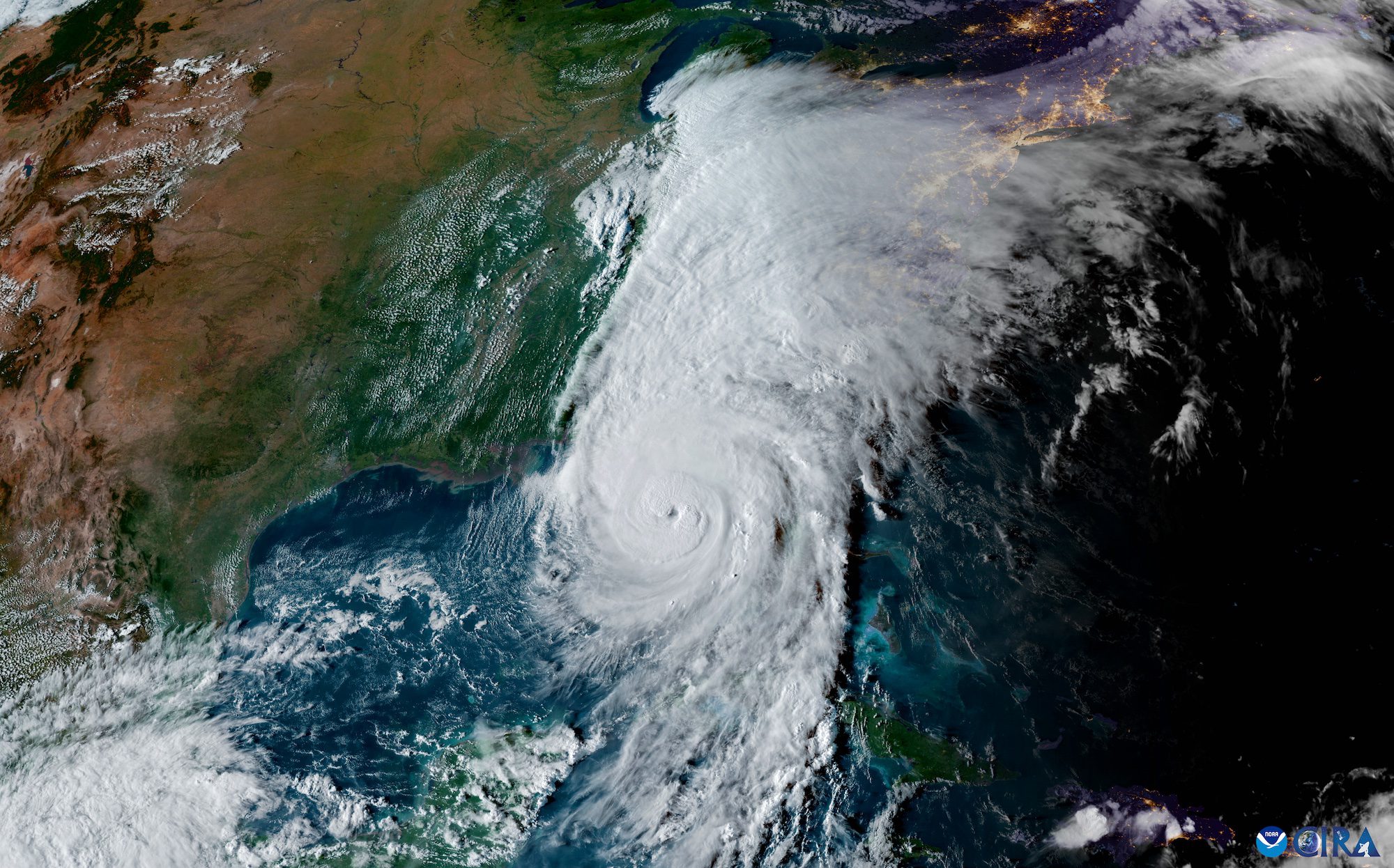 On my first long voyage as Second Mate and I was rounding the tip of Africa on our way to the Bay of Bengal when I noticed a slight rise of the horizon. Curiosity became confusion followed by clarity. It was a Rogue Wave.
On my first long voyage as Second Mate and I was rounding the tip of Africa on our way to the Bay of Bengal when I noticed a slight rise of the horizon. Curiosity became confusion followed by clarity. It was a Rogue Wave.
Very soon later a significant amount of equipment was damaged but no one was injured and the wave(s) had passed. What saved us was that the chief mate happened to walk by the bridge soon after I spotted the monster (It was daytime and I had no AB). He took over the watch, I took the helm and actually “drove” up the front side and down the back side. Interesting day to say the least and relatively calm weather wise.
Their was little more that could be done beyond maintaining a keen lookout and making a sécurité call to nearby traffic but times are changing, these incidents can be prevented. Regular readers know I have asked the industry for a Call of Action to implement new technology and ideas save lives. Today I share a group of people who are working to make this happen. They are using mariner feedback, satellite information and computer modeling to warn vessels of extreme waves. Robin Storm is leading the blogosphere story. He writes:
 The study of rogue waves is just getting underway. As I have noted Dr. Paul C. Liu of NOAA’s Great Lakes Environmental Research Laboratory (GLERL) has been studying these waves. GLERL has also been studying wave forecasting for the Great Lakes Region.
The study of rogue waves is just getting underway. As I have noted Dr. Paul C. Liu of NOAA’s Great Lakes Environmental Research Laboratory (GLERL) has been studying these waves. GLERL has also been studying wave forecasting for the Great Lakes Region.
NOAA/NWS has both a Ocean Prediction Center and Wavewatch III . But neither of these services accurately report on waves inside the Gulfstream.  Why is this important? Currents or “moving water” play a important role in both effecting and determining dangerous waves. Why don’t they report? Well its complex, they can to some degree but the technology is also not there yet to satisfy the powers to be. Maybe NOAA should consider this rather than spend $100 million on public relations? So lets take a look at another concept being proposed in wave forecasting called the; Gulfstream Hazard Scale, by professional satellite Oceanographer Jenifer Clark and husband Meteorologist Dane Clark
Why is this important? Currents or “moving water” play a important role in both effecting and determining dangerous waves. Why don’t they report? Well its complex, they can to some degree but the technology is also not there yet to satisfy the powers to be. Maybe NOAA should consider this rather than spend $100 million on public relations? So lets take a look at another concept being proposed in wave forecasting called the; Gulfstream Hazard Scale, by professional satellite Oceanographer Jenifer Clark and husband Meteorologist Dane Clark
In a letter date 18 July 2007 to the Director of the National Centers for Environmental Prediction, the Clark’s state, “ We have become increasingly alarmed by the large numbers of vessel sinkings and loss of life and property in the Gulfstream along the U.S. East Coast over the past several years. Just this spring, four more boats were sunk and four people were killed during an east coast storm that later became Tropical Storm Andrea — even though this system was well forecast by NWS forecast models.”
Its really this simple. Strong winds, strong currents, over time, means, very large waves. Its about being able to warn mariners in advance about these waves that can save ships, cargos and especially lives.
This is just an excerpt of Robin’s detailed article so visit his site for the full details: Forecasting Dangerous Waves

Links:
Tags:

 Join The Club
Join The Club













